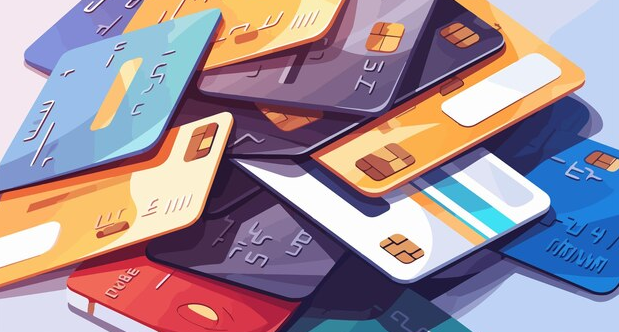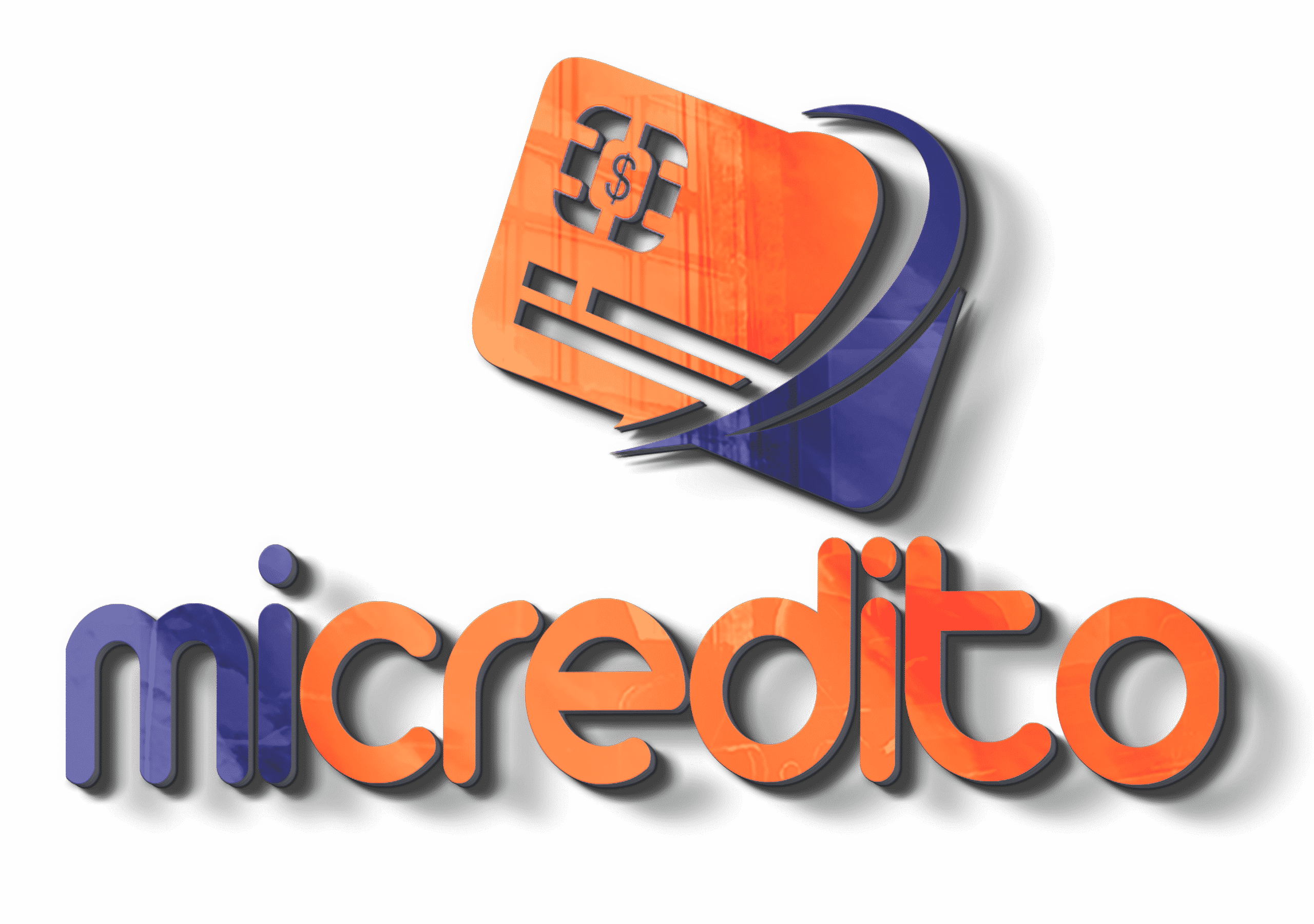Managing finances effectively is a cornerstone of any successful small business. Credit cards play a pivotal role in this process, offering business owners a convenient way to manage expenses, track spending, and even earn rewards. In the United States, small businesses have an extensive range of options, from traditional credit cards offered by long-established banks to modern digital alternatives provided by fintech companies. Understanding the differences between these two types of credit cards is essential for small business owners to make informed decisions.
Traditional credit cards have long been a go-to option for businesses, known for their reliability, extensive networks, and personalized customer service. On the other hand, digital credit cards are gaining traction for their innovative features, seamless online management, and often lower costs. This article dives deep into the advantages and limitations of both options, offering a comprehensive comparison to help small business owners decide which is the best fit for their needs. Continue to reading the following article and check all the details!
Understanding traditional credit cards

Traditional credit cards have been a cornerstone of business financing for decades. These cards, issued by well-established financial institutions such as Chase, Bank of America, and Wells Fargo, offer a level of trust and security that can be reassuring to small business owners. One of the most significant advantages of traditional credit cards is their widespread acceptance. Nearly every merchant in the U.S. is equipped to process these cards, ensuring smooth transactions whether you’re purchasing supplies or paying vendors.
Moreover, traditional credit cards often come with robust customer service, including access to dedicated account managers who can assist with disputes, fraud prevention, and account inquiries. These services are invaluable, particularly for small businesses that require hands-on support. Additionally, many traditional cards provide comprehensive rewards programs tailored for businesses, such as cashback on office supplies or travel rewards for frequent flyers.
However, the benefits often come at a cost, as traditional credit cards typically charge higher annual fees and interest rates compared to their digital counterparts. Despite their many advantages, traditional credit cards may not be the best fit for every small business. The application process can be time-consuming and may involve rigorous credit checks, which can be a barrier for startups or businesses with less established credit histories. Furthermore, managing these cards may require more manual effort, as they often lack the intuitive online tools that digital options provide.
The rise of digital credit cards
Digital credit cards represent the future of business financing, offering a tech-savvy alternative to traditional options. These cards are issued by fintech companies like Brex, Divvy, and Ramp, which prioritize innovation and user convenience. One of the standout features of digital credit cards is their streamlined application process. Many fintech providers use advanced algorithms to assess a business’s financial health, allowing them to approve applications quickly—even for companies with limited credit histories. This makes digital cards an attractive option for startups and growing businesses.
Another key advantage of digital credit cards is their emphasis on automation and real-time expense tracking. These cards often come with intuitive platforms that integrate seamlessly with accounting software like QuickBooks or Xero, making it easier for small business owners to monitor spending, categorize expenses, and generate financial reports. Additionally, digital credit cards frequently offer dynamic credit limits based on cash flow rather than fixed limits tied to a credit score, providing greater flexibility for businesses with fluctuating revenue.
However, digital credit cards are not without their drawbacks. While they excel in online and domestic transactions, they may have limitations when it comes to international use. Not all merchants outside the U.S. accept these cards, which could pose a challenge for businesses with a global reach. Additionally, while the lack of traditional fees is appealing, some digital providers charge unique fees, such as software subscription costs, which may add up over time.
Choosing the right option for your small business
When deciding between traditional and digital credit cards, small business owners must consider their specific needs and priorities. Traditional credit cards may be the better choice for businesses seeking reliability, robust customer service, and comprehensive rewards programs. These cards are particularly beneficial for established companies with predictable spending patterns and a preference for face-to-face interactions with their financial institution.
In contrast, digital credit cards are ideal for tech-savvy entrepreneurs who prioritize automation and real-time financial insights. Startups and businesses in the early growth stages may benefit from the flexibility and accessibility of these cards, especially if they have limited credit histories or fluctuating revenue streams. The integration of digital credit cards with modern accounting tools can save time and reduce the administrative burden, making them a strong contender for businesses looking to streamline operations.
Ultimately, the decision should align with the business’s goals, size, and industry. For instance, a tech startup with a remote team might thrive with the automation features of a digital card, while a local retail store could find value in the stability and acceptance of a traditional credit card. Business owners should also consider potential hidden costs, such as fees for international transactions or subscription-based platforms, when weighing their options.
The choice between traditional and digital credit cards is far from one-size-fits-all. Each option comes with its own set of benefits and limitations, making it essential for small business owners to carefully evaluate their unique needs. Traditional credit cards offer time-tested reliability, extensive merchant acceptance, and personalized service, making them a solid choice for established businesses. On the other hand, digital credit cards bring innovation, automation, and accessibility to the table, catering to the needs of modern entrepreneurs.
As the financial landscape continues to evolve, small business owners in the U.S. are fortunate to have a wide array of credit card options to choose from. By understanding the key differences between traditional and digital cards, businesses can make informed decisions that empower their financial management, support growth, and drive success. Whether you prioritize stability or innovation, selecting the right credit card can be a game-changer for your small business.





